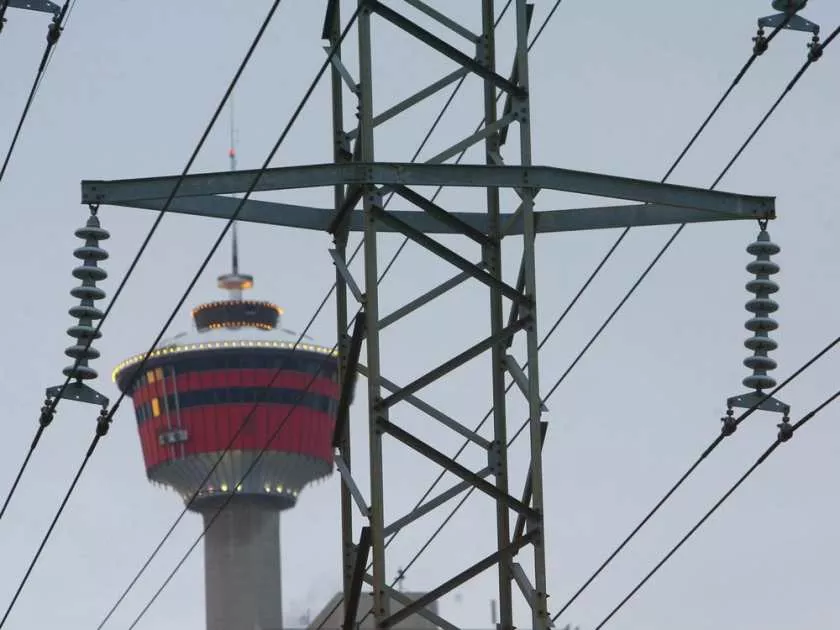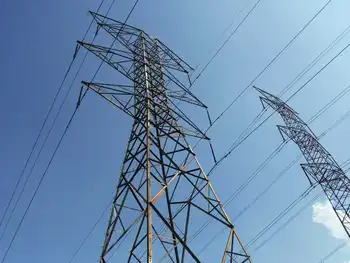Chance of another blackout is small
By amNewYork
Arc Flash Training CSA Z462 - Electrical Safety Essentials
Our customized live online or in‑person group training can be delivered to your staff at your location.

- Live Online
- 6 hours Instructor-led
- Group Training Available
The blackout left more than 50 million people without power, in some cases for several days, and cost upward of $6 billion. Energy experts and power operators say the lessons have been learned, but fear that the country's aging and complex electrical grid is badly in need of an upgrade.
"We are more vulnerable than we need to be," said Dr. Matt Cordaro, director of the Center for Management Analysis at Long Island University. "We are victims of our own prosperity. The demand for electricity keeps growing and we are not installing enough transmission lines and not installing enough generation to deal with it."
That said, energy experts downplayed the possibility of another massive blackout, in part because of reforms that sprang from the 2003 outage.
"The likelihood of the last one happening was extremely small, and so I think the odds of another one are even more remote," said Steve Allen, a spokesman for the Northeast Power Coordinating Council, which monitors the electric grid in the northeastern United States and Canada. "There is more continuity in standards and enforcement across the country."
Congress passed a bill in 2005 that established nationwide standards on use of the electrical grid, and set stiff penalties for any local carriers that violate them.
It increased monitoring of errant tree limbs, and improved communication among regional networks so that electric companies will know when a part of the system is overloaded and can react to fix it.
Experts say the 2003 blackout was a culmination of bad luck and human miscalculation. After the first line in Ohio went down, two more lines in the Midwest got overloaded and began to sag close to trees, and they too soon went out. Eventually, a greater and greater amount of energy was being squeezed through fewer and fewer lines. Regional operators across the country fell asleep at the switch.
"This happened very quickly," said Chris Olert, a spokesman for Con Edison, which suffered through a rare New York City blackout for which the utility was not at fault. "We were discussing what was going on in New Jersey and boom, the lights were out. There is better monitoring, better equipment protection, and better communication among the ISOs," or Independent Systems Operators, which monitor a state or small area.
Once it was clear the blackout was not the work of al-Qaida, the city breathed easy. Neighbors pulled lawn chairs into the street and had blockwide barbecues. Mayor Michael Bloomberg called it "a snow day" and the city went at half-speed in the stifling August heat.
"In New York, we have a fairly jaded attitude towards Con Ed to begin with, so people took in pretty good stride," said Brian Berger, editor of "New York Calling: From Blackout to Bloomberg," which traces city history from the 1970s to the present. "Once you realized it wasn't terrorism, and you weren't in danger, you could just say forget it. If you had a job where you had to constantly be in contact with people, it gave you a good excuse."
The city was ripped apart by riots, arson and looting during the blackout of 1977, and endured a power outage 12 years prior. Nationwide, there have been major blackouts about every 10 years, including one on the West Coast in 1996. That history underscores the system's inescapable vulnerability.
"I think the lesson is the fragility of our energy infrastructure," said Councilman Eric Gioia (D-Sunnyside), whose district was hit hard by a days-long blackout in 2006. "Modern life relies completely on electric power, from our telephones to our BlackBerries to our traffic lights. We are more connected than ever, but that means we are more vulnerable than ever."











